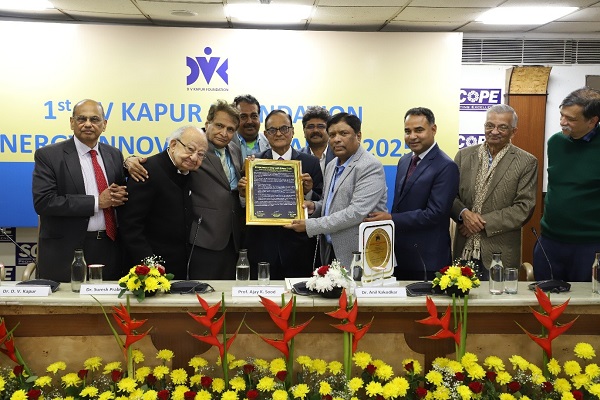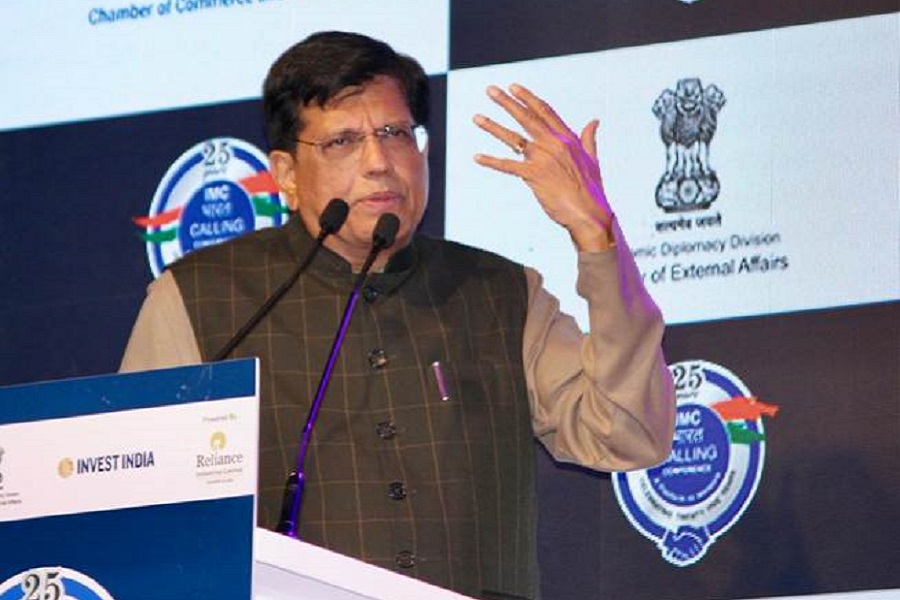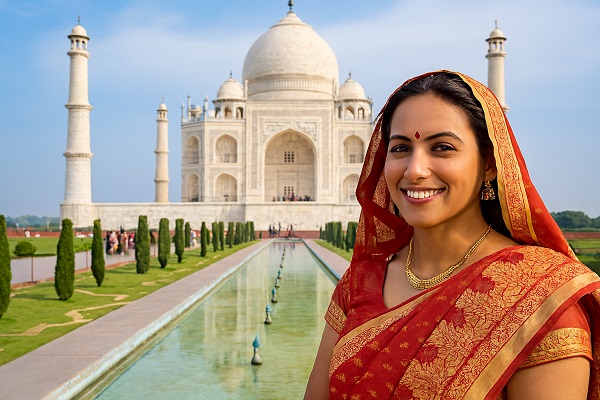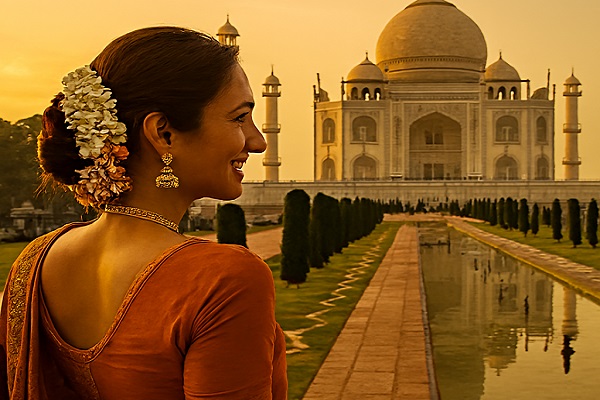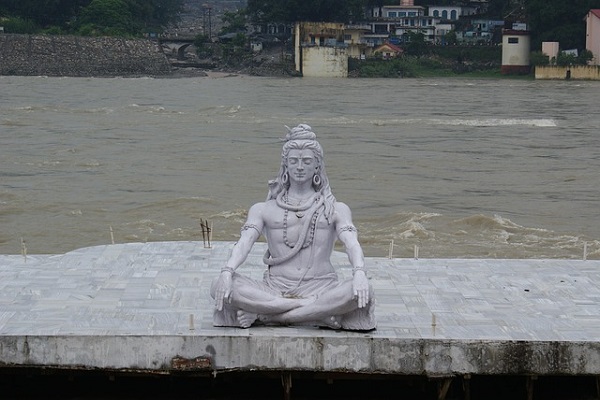Exploring the Diversity of Indian Tourism: A Journey Through Culture, Nature, and History
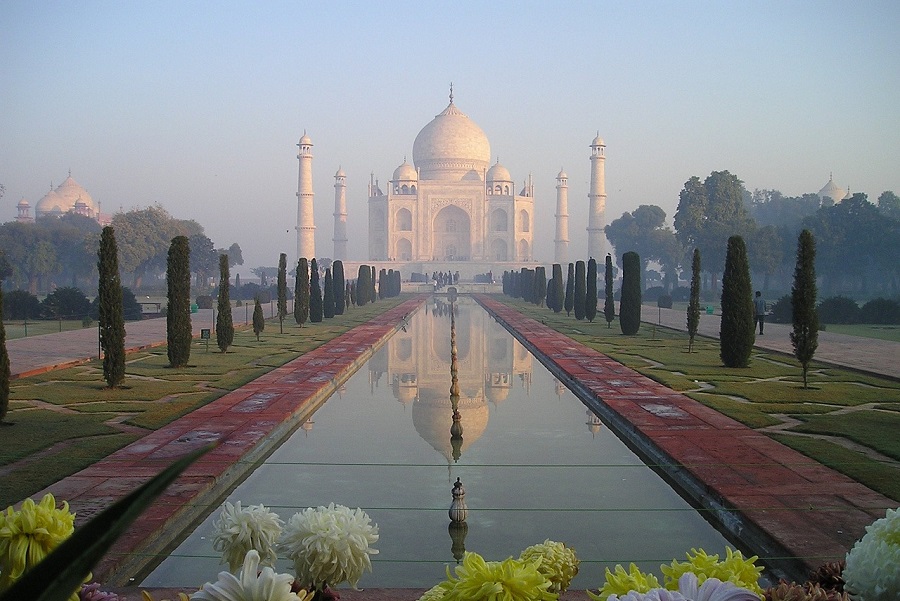
India is a country known for its rich cultural heritage, vibrant landscapes, and diverse attractions that appeal to a wide variety of travelers. From the towering Himalayas in the north to the serene backwaters of Kerala in the south, India offers countless destinations that showcase its unique blend of history, spirituality, and natural beauty. Here’s a look at what makes Indian tourism remarkable, along with some of the top destinations for different types of travelers.
1. Cultural Tourism
India’s cultural richness is unparalleled, with traditions, festivals, music, and dance forms that vary from region to region.
Varanasi, Uttar Pradesh: As one of the world’s oldest living cities, Varanasi draws tourists with its sacred ghats on the Ganges River, ancient temples, and traditional aartis (prayer rituals).
Jaipur, Rajasthan: Known as the Pink City, Jaipur offers a glimpse into India’s royal past with stunning palaces, forts, and vibrant bazaars.
Kolkata, West Bengal: This city is celebrated for its colonial-era architecture, arts, and the famous Durga Puja festival that attracts thousands of visitors each year.
2. Historical Tourism
India’s history spans thousands of years, with a wealth of ancient monuments, temples, and architectural marvels.
Agra, Uttar Pradesh: Home to the iconic Taj Mahal, Agra also features the Agra Fort and Fatehpur Sikri, showcasing Mughal architectural grandeur.
Hampi, Karnataka: This UNESCO World Heritage Site is known for its unique rock-carved temples and ruins from the Vijayanagara Empire.
Khajuraho, Madhya Pradesh: Famous for its intricately carved temples depicting various aspects of life, Khajuraho is a major draw for history and art enthusiasts.
3. Spiritual Tourism
India has long been a destination for spiritual seekers, with pilgrimage sites and ashrams offering paths to self-discovery and enlightenment.
Rishikesh, Uttarakhand: Known as the "Yoga Capital of the World," Rishikesh is a popular destination for meditation, yoga retreats, and ashram stays.
Amritsar, Punjab: The Golden Temple, a sacred site for Sikhs, is a place of peace and devotion that welcomes people from all religions.
Bodh Gaya, Bihar: As the place where Buddha attained enlightenment, Bodh Gaya is a key destination for Buddhists and spiritual travelers worldwide.
4. Adventure Tourism
For thrill-seekers, India offers adventure activities in a range of landscapes, from mountain ranges to coastal areas.
Ladakh, Jammu & Kashmir: With its rugged terrain, Ladakh is ideal for trekking, motorbiking, and river rafting. Its stunning landscapes make it a paradise for adventure lovers.
Andaman & Nicobar Islands: Known for beautiful beaches and coral reefs, this location is perfect for scuba diving, snorkeling, and other water sports.
Rishikesh, Uttarakhand: In addition to its spiritual appeal, Rishikesh offers white-water rafting and bungee jumping, making it a dual attraction for both adventure and spirituality.
5. Ecotourism and Wildlife Tourism
India’s diverse ecosystems and national parks make it an excellent destination for wildlife enthusiasts and ecotourists.
Jim Corbett National Park, Uttarakhand: India’s oldest national park is renowned for its tiger population, along with leopards, elephants, and diverse bird species.
Kaziranga National Park, Assam: A UNESCO World Heritage Site, Kaziranga is famous for its one-horned rhinoceros and rich biodiversity.
Sundarbans, West Bengal: Known for its mangrove forests and as the habitat of the Bengal tiger, Sundarbans offers a unique experience of the delta and its rich ecosystem.
6. Wellness Tourism
India’s focus on holistic well-being and traditional healing practices has boosted its reputation as a wellness destination.
Kerala: Known as the birthplace of Ayurveda, Kerala offers numerous wellness resorts and Ayurvedic treatment centers amidst serene natural settings.
Goa: Popular for its beachside yoga retreats, Goa attracts visitors seeking both relaxation and wellness through traditional and modern practices.
Dehradun and Haridwar, Uttarakhand: These cities offer wellness centers and retreats for yoga, meditation, and Ayurveda, attracting wellness tourists from across the globe.
7. Culinary Tourism
Indian cuisine is as diverse as its culture, with flavors, ingredients, and cooking techniques that vary from region to region.
Delhi: Known for its street food, Delhi’s vibrant food scene offers a blend of traditional and modern flavors, from chaat to kebabs.
Mumbai, Maharashtra: This city is famous for its diverse culinary offerings, from traditional Maharashtrian dishes to Parsi, Konkani, and global cuisines.
Kolkata, West Bengal: A haven for sweet lovers, Kolkata offers unique sweets like rasgulla and sandesh, along with rich Bengali seafood dishes.
Tips for Exploring India as a Tourist
Best Time to Visit: India’s climate varies greatly, so consider the season. The cooler months (October to March) are generally ideal for most regions.
Traveling Within India: India’s vast railway network, affordable flights, and public transportation options make it easy to explore various regions.
Respect Local Customs: India’s cultural norms may differ from your own, so it's important to be mindful of local customs and traditions, especially in religious and rural areas.
Conclusion
Indian tourism offers an unforgettable experience filled with culture, history, natural beauty, and adventure. With so many diverse regions and experiences to explore, India is a country that leaves every visitor enriched and amazed. Whether you’re seeking spirituality, historical wonders, or simply a memorable journey through unique landscapes and flavors, India has something for every traveler




.jpg)
